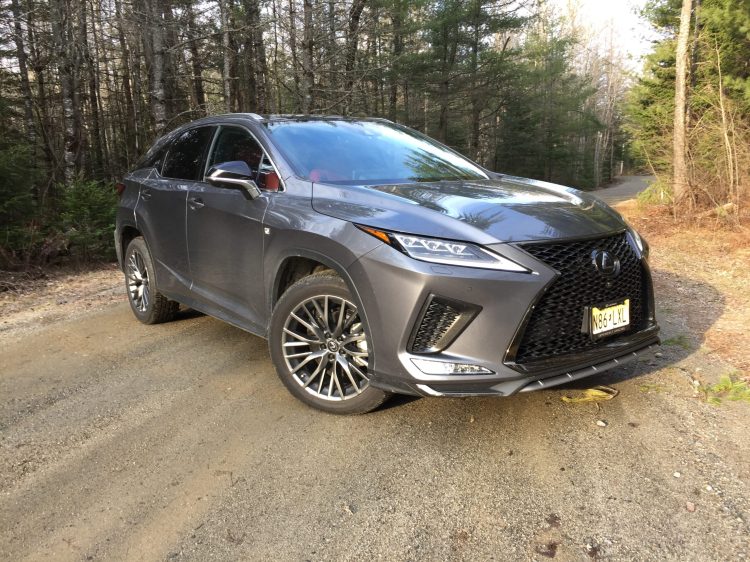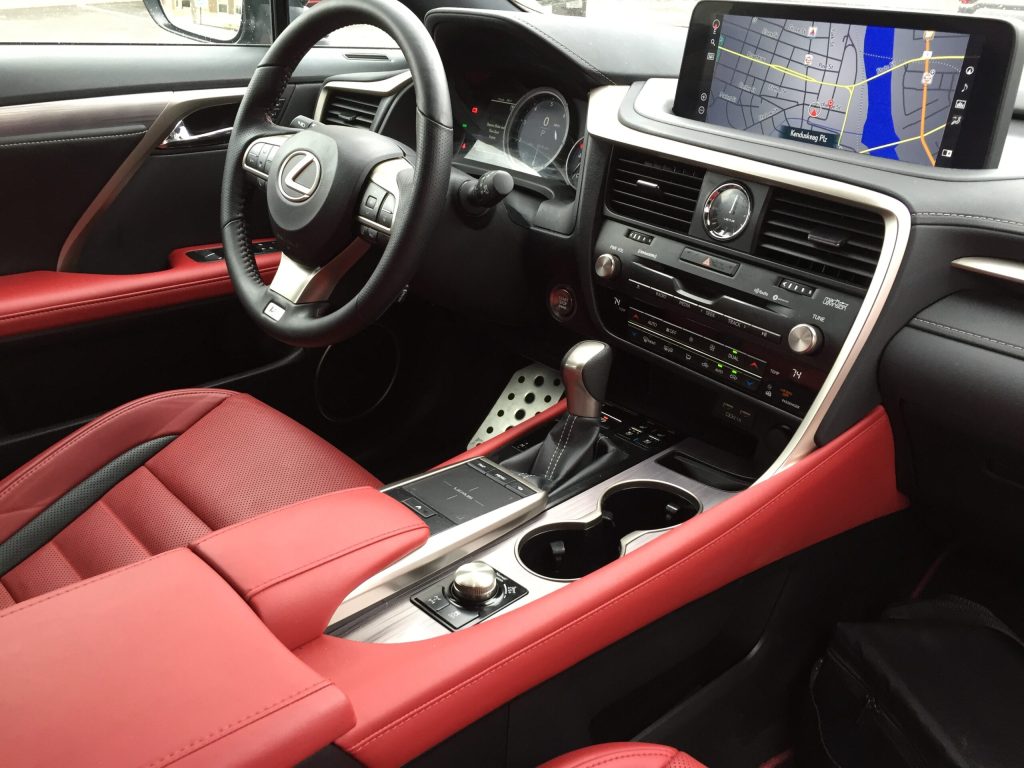When Toyota debuted its Lexus luxury division to America in 1989, it had a different vision of what the proper premium sedan should be. The car would be worthy of status, but to earn its extra cost over more plebian vehicles, a luxury car should also exude value, be reliable and hold up over a long life of service.
During the ensuing 32 years, Lexus has redefined how drivers look at American luxury driving. The first generation of sedans swept buyers off their feet not because they were plush, wildly expensive four-doors, but because they were competent, well-built cars with an air of sophistication that delivered premium performance in packages that cost far less than the established competition.
The industry took note. Lexus dealerships started receiving top honors for their superior levels of customer service. J.D. Power saw Lexus zoom to the top of its reliability surveys, year after year. All while the luxury brand not only eclipsed Cadillac and Lincoln’ annual sales—by a long shot, but fellow Asian upstarts Acura and Infiniti as well, on the way to topping Mercedes and BMW for many years.
In 1998, Lexus attacked its luxury rivals again, rolling out a mid-size premium sport utility vehicle called the RX300. A relatively simple design loosely based on the front-drive Camry/ES300/Avalon platform, the RX series has been Lexus’ top selling model ever since. It has also been the top-selling, luxury-class, mid-size crossover vehicle.
The current RX—available in three models, base RX350, hybrid RX450 and 3-row RX350L—shows a recent evolutionary design theme that returns to the more svelte exterior shape of a previous generation. Where the last model actually looked rather bulbous, especially from the rear, the current RX has tighter dimensions, crisper silhouettes, plus a hoodline that plunges downward and resembles the smaller NX crossover. Interior dimensions remain unchanged.
The RX works hard to be an everyperson package that does many things well and few things less so. F-sport trim tries to bridge the gap with larger 20-inch wheels, front and rear performance suspension pieces with adaptive dynamics and a plethora of appearance features and other options, yet the venerable corporate 3.5-liter 295-hp V-6 soldiers on ahead of an 8-speed automatic.
You can select Sport or Sport+ settings instead of the default Eco-mode, which heightens throttle responses and raises shift points over the dull sensory feedback that Eco rightly suggests, while the vehicle’s overall dynamics generally remain unchanged. Fuel economy averaged 22-mpg—right where the EPA’s combined numbers rest on the projections of 19/26/22-mpg. RX450 models are forecast to get 7-mpg more.
The RX’s interior is a mix of surfaces, materials, angles and controls that don’t always work symbiotically. Enlivened by the F-sport’s radiant red leather seating and cabin trim, you will never accuse the Lexus of being boring. Memory power seats offer heating (very hot) and cooling, plus a powered heated steering wheel (mild) that automatically telescopes in and out for ease of entry and exit. Ample buttons and controls provide easy manipulation of the primary heating functions, but the mousepad controller is less precise for operating the vast touchscreen that populates the top of the dash. Redundant touchscreen and steering wheel controls assist.
Buttons on the right side of the steering wheel manage the info panel to the left of the instrument cluster, while the left-side buttons operate the audio and entertainment screen in the center of the cabin. This seems counter-intuitive. There is also a CD player—which helps explain the higher than average age Lexus buyer.
Likes include the heads-up display, spirited response from the engine room when forcefully summoned, as well as electronic safety aids that can be easily defeated when unwanted. The rear seat is roomy, yet the comely sloping rear roof compromises maximum cargo space.
Front drive RX pricing starts at just over $44,000 while F-sport trim begins at $51,750 including AWD. Add some camera packages, panoramic view, intuitive parking assist, blind-spot monitoring and rear cross-traffic assist, plus a cold weather package, a panoramic roof, triple-beam LED lamps w/washers and cornering lamps, the 12.3-navigation screen with Mark Levinson audio, as well as the color heads-up display and the price rises to $61,130.
The Lexus RX competes in a very close mid-size SUV class of rivals, with credible models from Ford, Jeep, Hyundai, and VW stretching all the way to Audi, BMW, Mercedes, Cadillac, Lincoln and Volvo.
Just like in 1998 however, the RX keeps filling the Lexus showrooms with buyers.
Send questions/comments to the editors.





Comments are no longer available on this story